Tsiperus is an ornamental indoor plant brought to our region from the subtropics. Its unusual umbrellas attract the attention of not only flower growers, but also designers and florists. Due to the fact that cyperus does not require special care, many grow it at home.
Caring for it involves abundant hydration and the right choice of the place of growth, while the plant is absolutely not susceptible to attacks of diseases and pests, from which indoor flowers suffer. Tsiperus belongs to the Osokov family and has about 700 species, which makes it possible to choose an acceptable for each grower.
Content
Characterization of Home Cyperus
Tsiperus is a water-loving plant native to Africa, where it grows on the banks of ponds and swamps, forming large thickets there. This unpretentious greenery fell in love with flower growers for its appearance and use for the indoor microclimate. In addition to the botanical name, it is also called the swamp palm, grass of Venus, an umbrella, and the original name translates as “the gift of the river”.
Characteristic signs of cyperus are:
- erect trihedral stalk;
- a foliage umbrella on the top of the stem;
- color from light green to dark green;
- small branches towering above the umbrella;
- indoor flower height up to 1.5 meters;
- narrow linear leaves;
- branched root system;
- small flowers of a yellow-green hue;
- seed bolls formed after a flowering period.
In its homeland, the plant was used for various purposes: making papyrus, weaving shoes, baskets, eating the root part. In European countries, it is used as a natural humidifier and an absorber of harmful bacteria and microbes contained in the room. Thanks to such useful properties and unusual appearance, cyperus has taken a strong place in greenhouses, houses, offices and apartments.
Species diversity of swamp palms with photos
The plant grows rapidly and forms dense bunches of green vegetation. The most popular types of cyperus have been successfully cultivated for growing at home, the most popular of them can be seen in the photo.
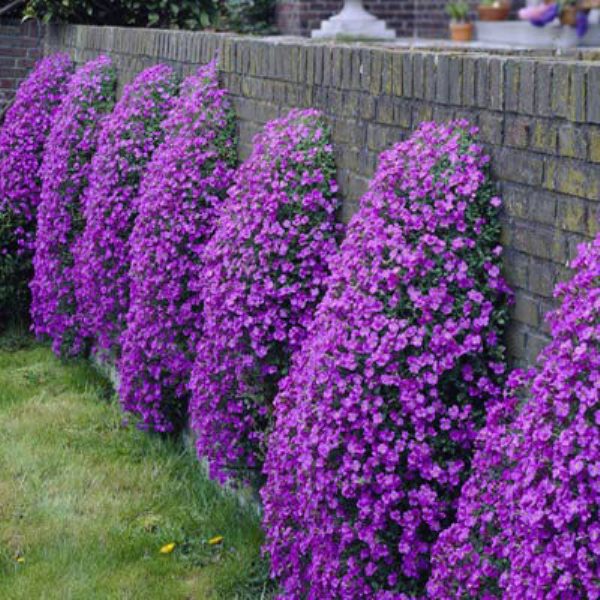 You may be interested in:
You may be interested in:Papyrus
Previously, it was from this plant that the Egyptians made papyrus, for which the flower got its name. This species is the oldest known, grows up to 3 m in height, has a thick and fleshy stem. The leaves of the plant are very thin and resemble straws. The presence of multi-flowered inflorescences is characteristic. It is mainly used for greenhouses and decoration of premises due to its large size.
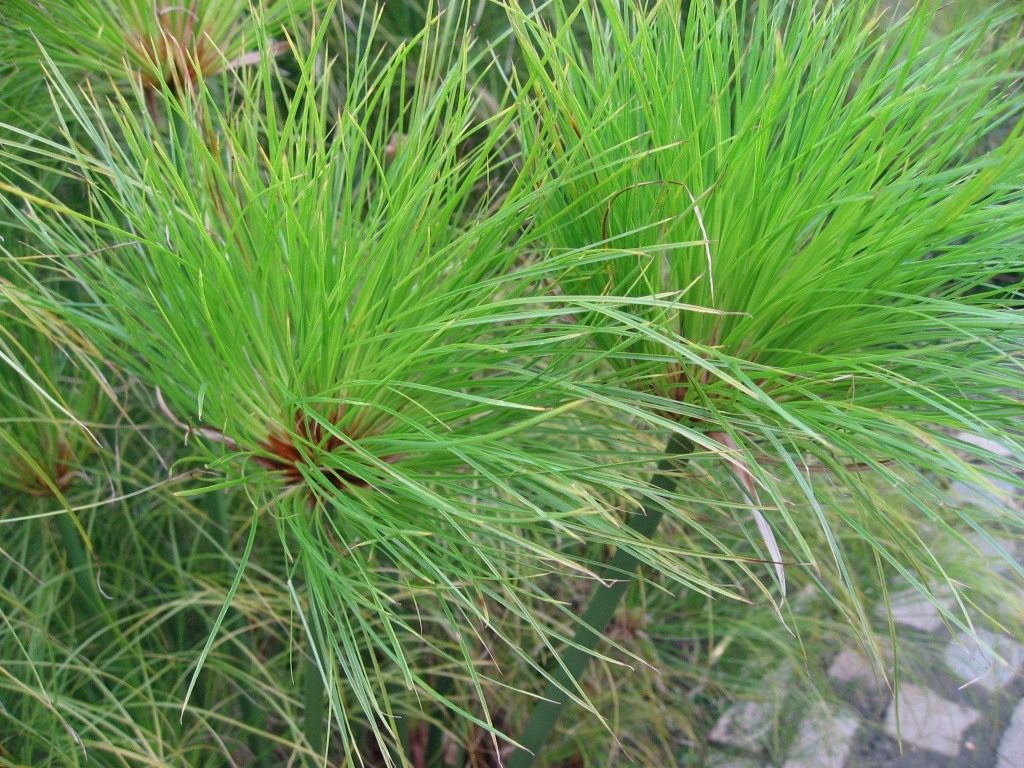
Helfer
A relatively small plant, reaches a height of 30-45 cm, prefers flooded soil, so it can be used in aquariums.The stalk is short, and the leaves are soft, forming small panicles.
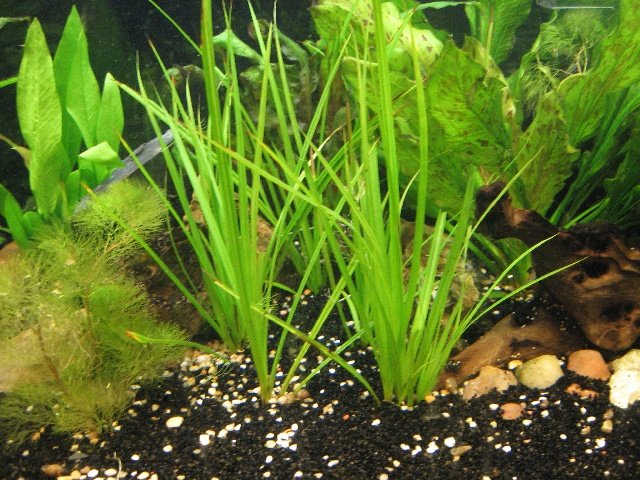
Zumula
This appearance resembles a fountain of small and long blades of grass. Ziperus zumula is similar to the popular cat grass, but because of its specific composition, it is harmful to pets. This is a compact plant that looks beautiful in the interior of any apartment, house.
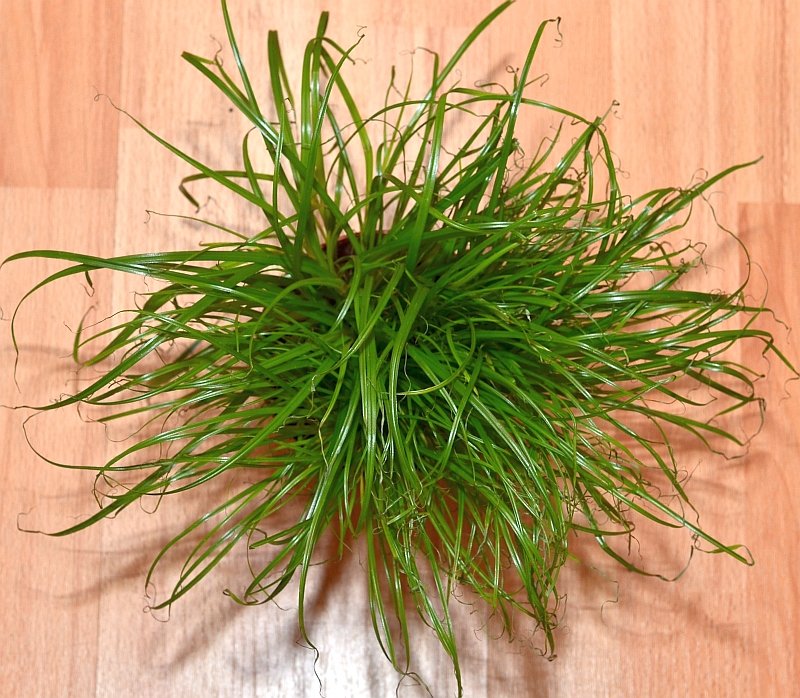
Spreading
This ornamental foliage grows in height 60-90 cm, typical for such cyperus is the formation of a bunch of stems with characteristic umbrellas of 6-12 sheets on the tops. Leaves are straight and narrower at the top than at the base of the stem.
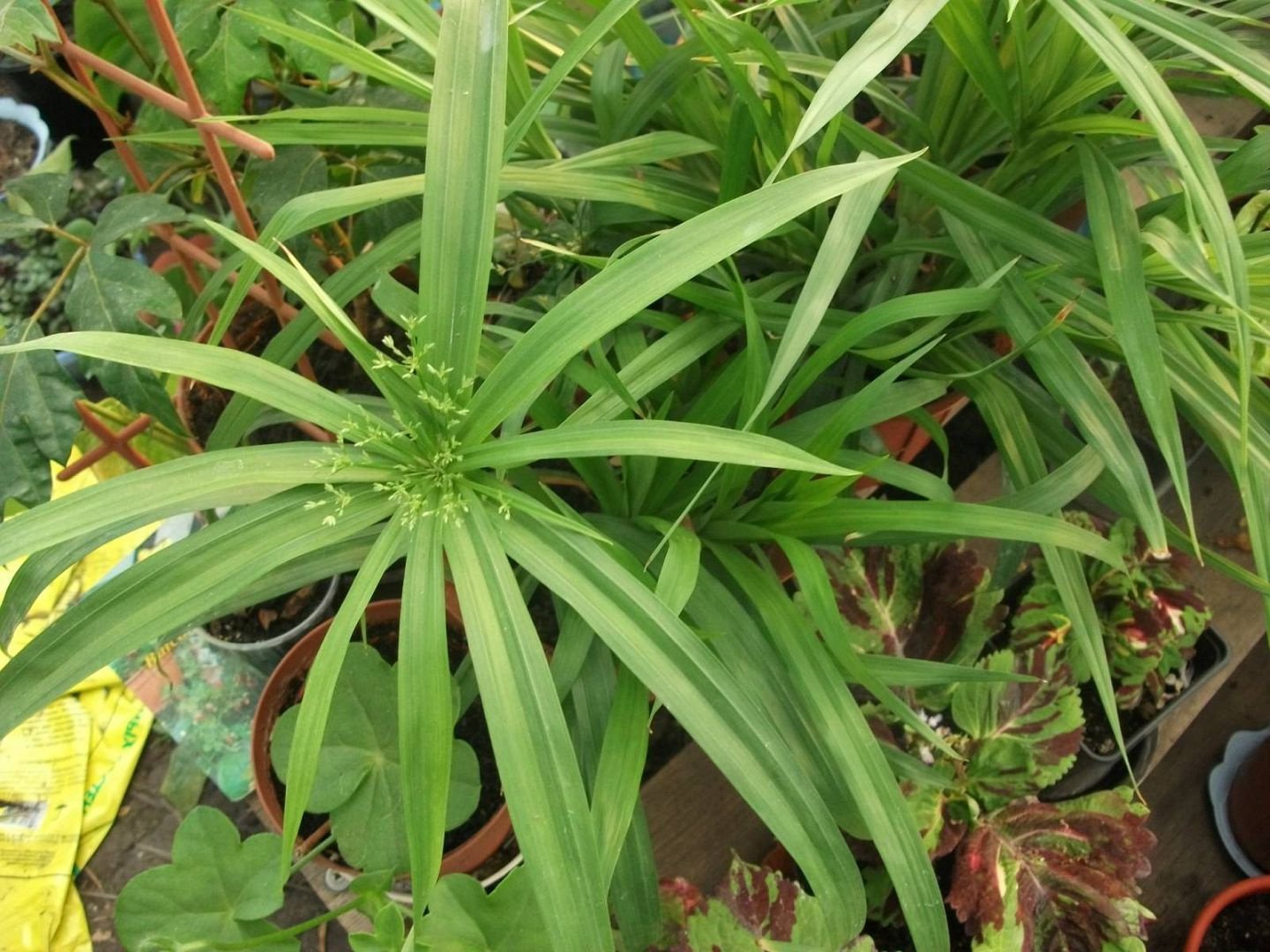
Leafy
Regular leaf or umbrella - the most popular variety among gardeners, got its name because of the typical arrangement of foliage in umbrellas. The plant is a perennial green grass with an upright stalk. The leaves are narrow and slightly hanging down, their length is 20-25 cm. With proper care, it can bloom all year round with small yellow flowers.
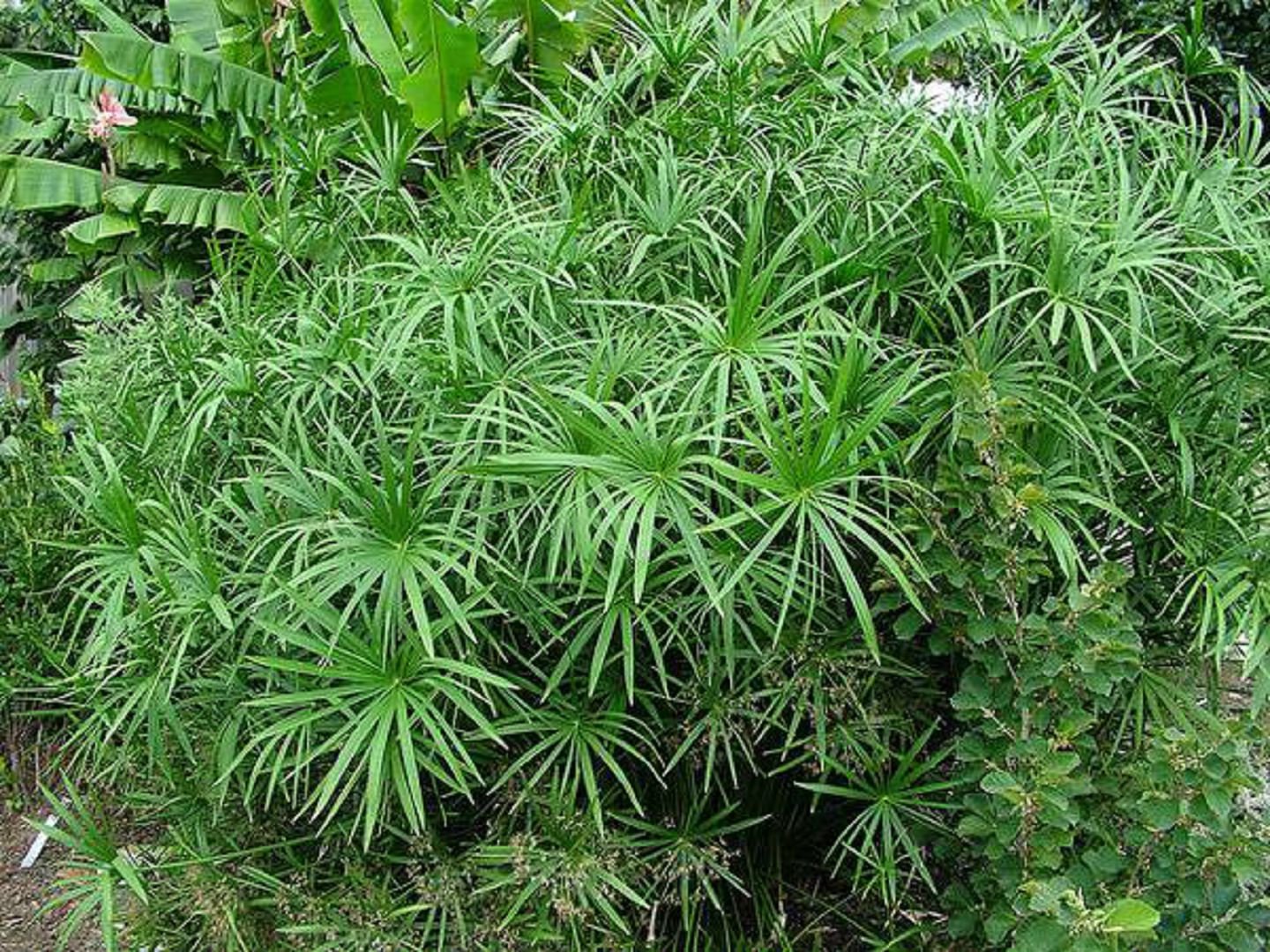
Rules for the care of cyperus at home
The popularity of this plant is associated with the simplicity of caring for it and the lack of the need to create special conditions, but you should still be aware of the basic rules for the care of cyperus.
Soil and planting pot
For successful growth of cyperus, a substrate for palm trees with the addition of coal or hydrogel, which will retain moisture, is suitable. You can prepare the soil yourself: in equal parts, take a mixture of turf land, peat, sand and humus, in which you need to add brick chips or charcoal to help retain water in the soil.
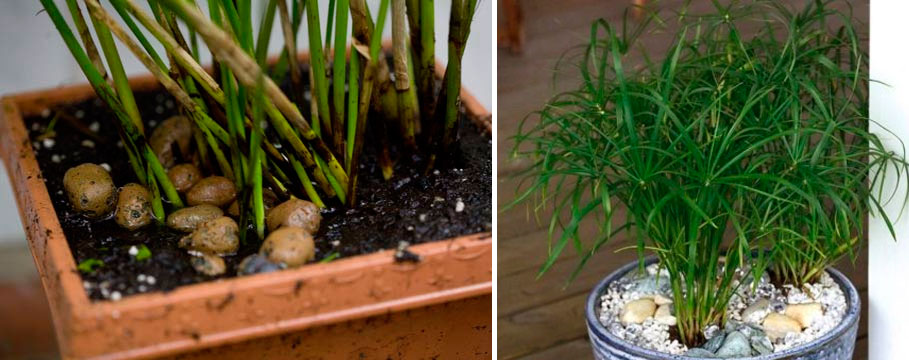
When choosing a flowerpot, it is important to pay attention to options with a width exceeding the height. It is such a pot that the palm tree needs, since its root system is growing rapidly. In a too spacious flowerpot, the roots will take all the forces for their development, while the visible part of the green will slowly grow.
Location and lighting
A suitable place for cyperus would be the western and southern windowsill with a large window. For a flower, a room with good lighting and diffused light is necessary, although it also tolerates partial shade quite calmly. During the winter months, additional lamp lighting may be required.
Temperature
This palm tree is not characterized by the presence of a dormant period in winter, because the average annual temperature for the plant should be in the range of + 20-28 degrees and should not fall below +10 degrees.
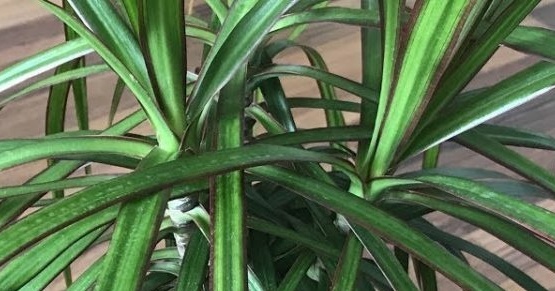 You may be interested in:
You may be interested in:Watering and humidity
Since in the natural habitat it is a swampy type of greenery, even in the conditions of growing a house, a flower requires a lot of moisture. Abundant watering is needed at any time of the year, the presence of a tray with water is welcome, in which the flower can constantly receive moisture. The soil in which cyperus grows should never dry out.
High humidity is very important for foliage, therefore constant spraying is necessary, especially in the summer months. If it is possible to put grass near an aquarium or a fountain, then this is a great alternative to spraying in the cold season. If there is not enough moisture, the plant will report this by yellowing and twisting of the leaves.
Fertilizers and fertilizing
Since cyperus develops year-round, it requires constant feeding. During the period of active growth, namely, March-August, fertilizers must be applied every two weeks, in other months, fertilizing once every 3-4 weeks is permissible. For the purpose of feeding, both universal fertilizers for palm and organic fertilizers are suitable.
Transfer
During the period of active growth of the swamp palm, it should be transplanted annually in the spring, gradually increasing the size of the flowerpot, since the root system develops rather quickly. Adult cyperuses do not require frequent transplantation; the procedure should be performed only as necessary to increase the capacity or update the substrate.
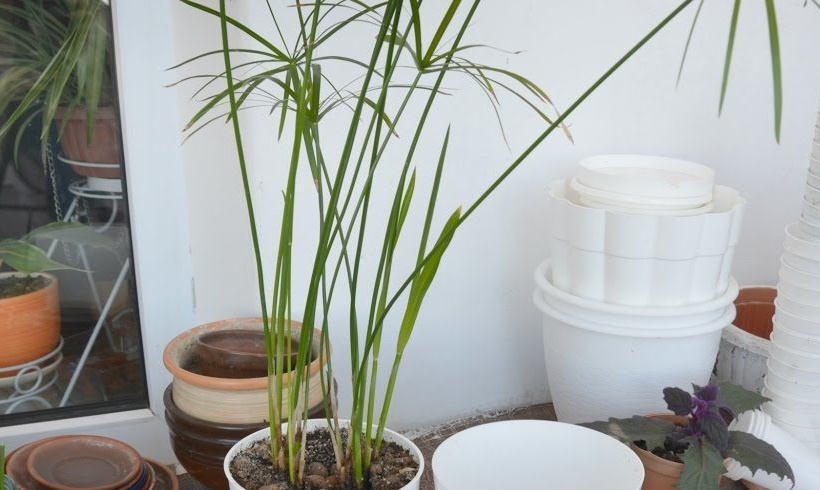
Transplant rules are as follows:
- the flower is extracted from the ground;
- the roots are inspected and, if necessary, damaged areas are removed;
- the old soil should be shaken off a little, but it is not necessary to completely remove it;
- they are planted in a new pot with prepared soil, the drainage layer is not laid.
Diseases, pests and treatments
Tsiperus is unique in its resistance to attacks of various pests, it almost never suffers from them. An exception is the scabbard and spider mite, which can hit the flower in case of lack of moisture in the air and poor watering. If symptoms of the appearance of a scab or tick are detected, immediately isolate the palm and treat it with special chemicals to control pests.
You can buy them at flower shops, as well as stores selling seedlings and fertilizers. Processing is recommended to be carried out twice, with an interval of 7 days.
Diseases of marsh grass are also associated with a violation of the rules for caring for it:
- Drying of the ends of the foliage due to overdried air - you should actively spray the flower and prevent overdrying of air in the future.
- Clarification of the leaves and the loss of saturation of the green tint is associated with a lack of microelements obtained; accordingly, it is recommended to change the type of fertilizer or begin to apply it.
- Falling foliage also indicates a lack of top dressing, nitrogen fertilizer will help correct the situation.
- Leaves dry and turn yellow if there is not enough water during watering. You should put the pot in a pan with water, and adjust the watering mode.
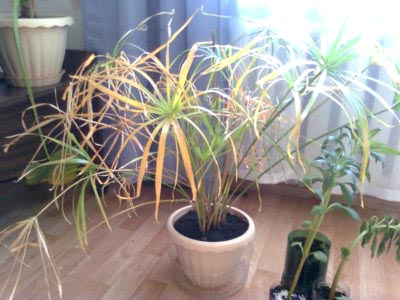
Since cyperus really differs from other indoor ones in the absence of various diseases, it is enough to monitor its condition.
Methods of propagating cyperus in pots
Like most decorative greens, cyperus can be planted at home. The most common way to propagate a flower in pots is cuttings.
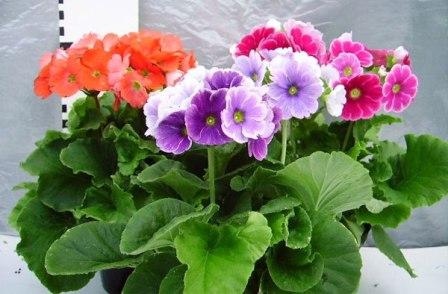 You may be interested in:
You may be interested in:Cuttings
The easiest option to plant a flower is to use a cut stalk. To do this, select one of the so-called umbrellas and cut it off, leaving also 5-7 cm of the stem. Such a stalk can be planted in two ways:
- Immediately plant the stalk in the soil, with the planting being carried out after the leaves are shortened and such a sprout is immersed in the substrate with foliage down. After a few weeks, the stem dries up and a young plant emerges from the ground.
- Shorten the foliage twice and lower the greens "upside down" in a plate filled with water 1-2 cm, wait until noticeable small roots sprout, and then plant the stem in the ground.
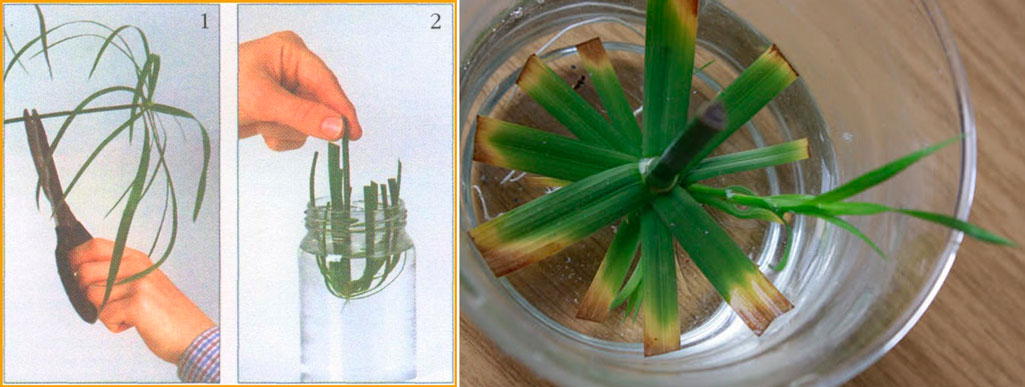
Both cuttings are equally good and effective, the second makes it possible to germinate young ciperus faster.
Dividing the bush
For adult flowers, which are 2 years old or more, the method of reproduction by dividing the bush is suitable. In the spring, when transplanting the plant, you need to carefully divide the root part into the right amount of potential "new" plants and plant them in different pots.
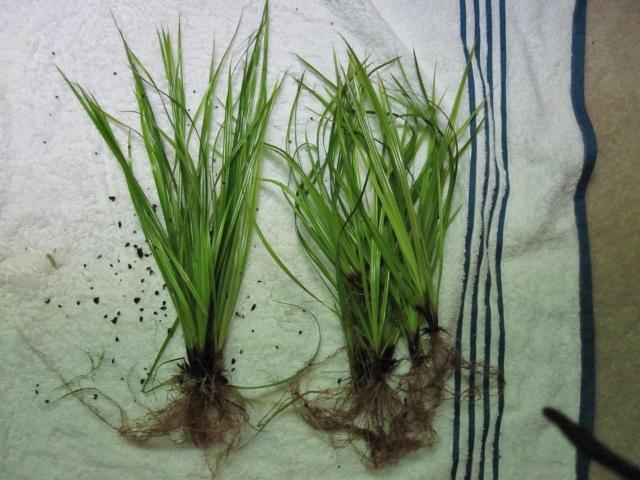
With this division, it must be borne in mind that each new flower must have at least three shoots for successful growth. It is important to maximally preserve the soil on the root system during division, this will allow cyperus to gain strength faster.
Seeds
In order to grow Venus grass from seeds, several simple steps are required:
- Purchase seeds in a store or collect them yourself at the end of flowering in adult cyperus.
- Sow the seeds in a sand-peat mixture, moisturizing it well.
- Cover the sowing with a glass jar and put on the windowsill.
- Water and maintain the temperature + 18-20 degrees.
- Wait for the appearance of young shoots, remove the jar.
- Dive such seedlings of 3-4 pieces and plant in separate pots.

Further, standard care for young plants should be continued, and by the end of summer, full-fledged young cyperuses can be obtained.
Common questions
Tsiperus is a perennial grass that can be grown in a pot and decorate your home with green umbrellas. A marsh plant is not picky and the main rule of its care is a sufficient amount of moisture. At the same time, you can plant and propagate the plant yourself.




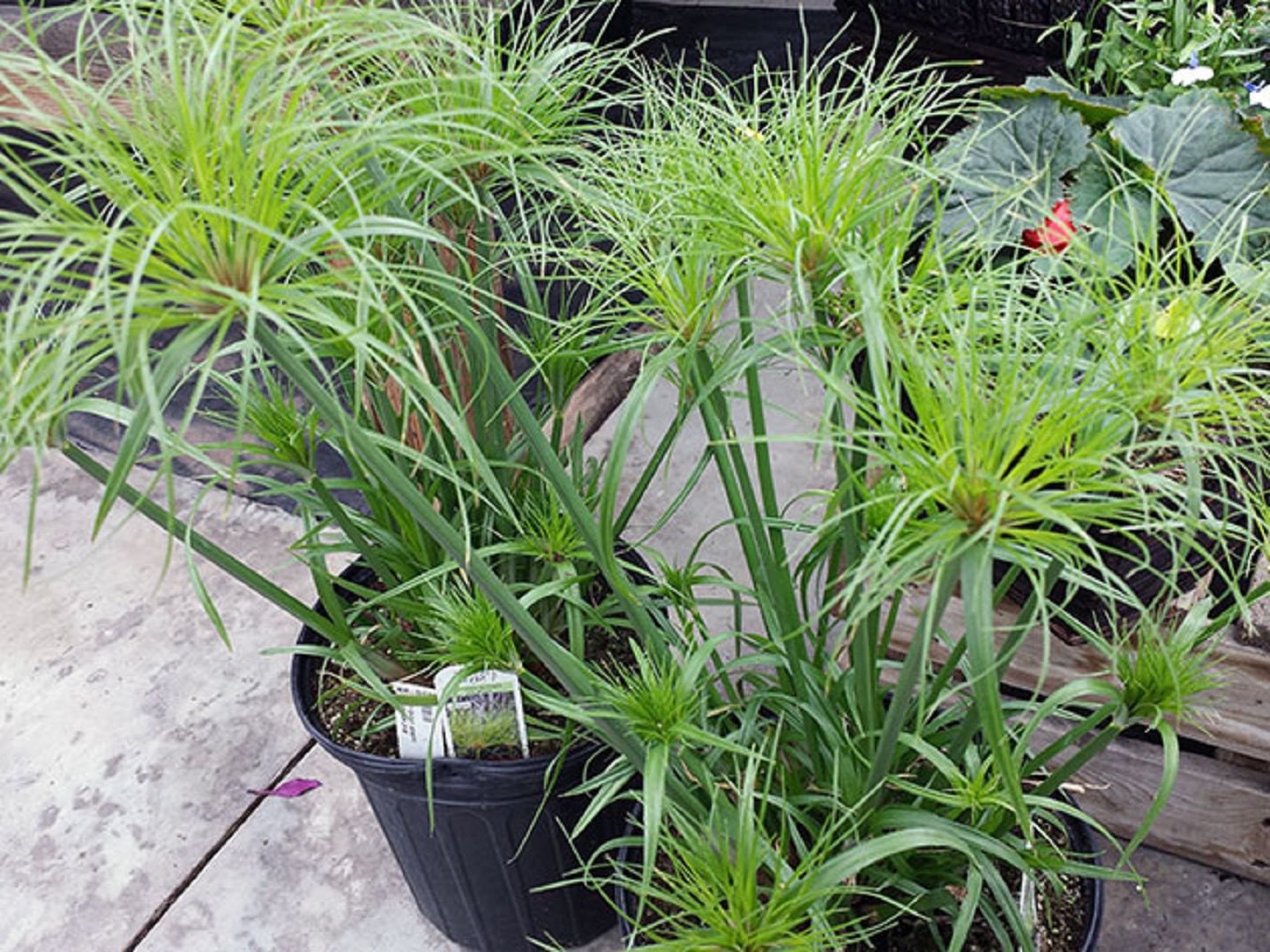
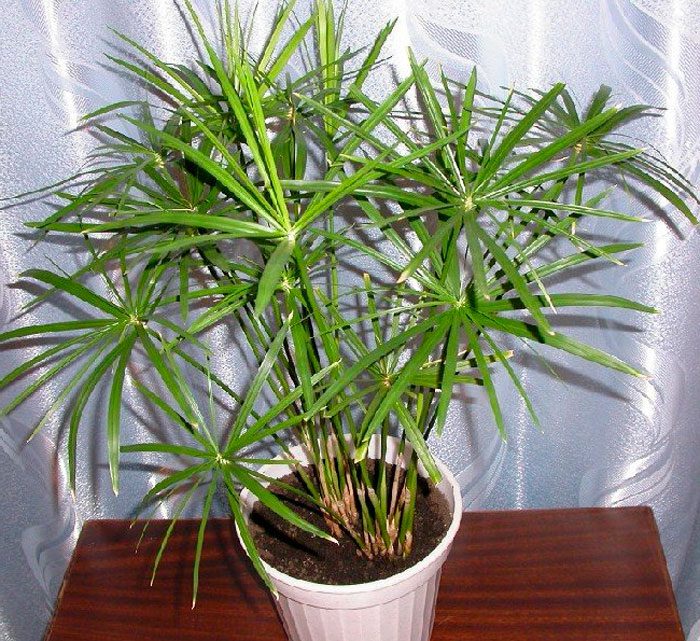
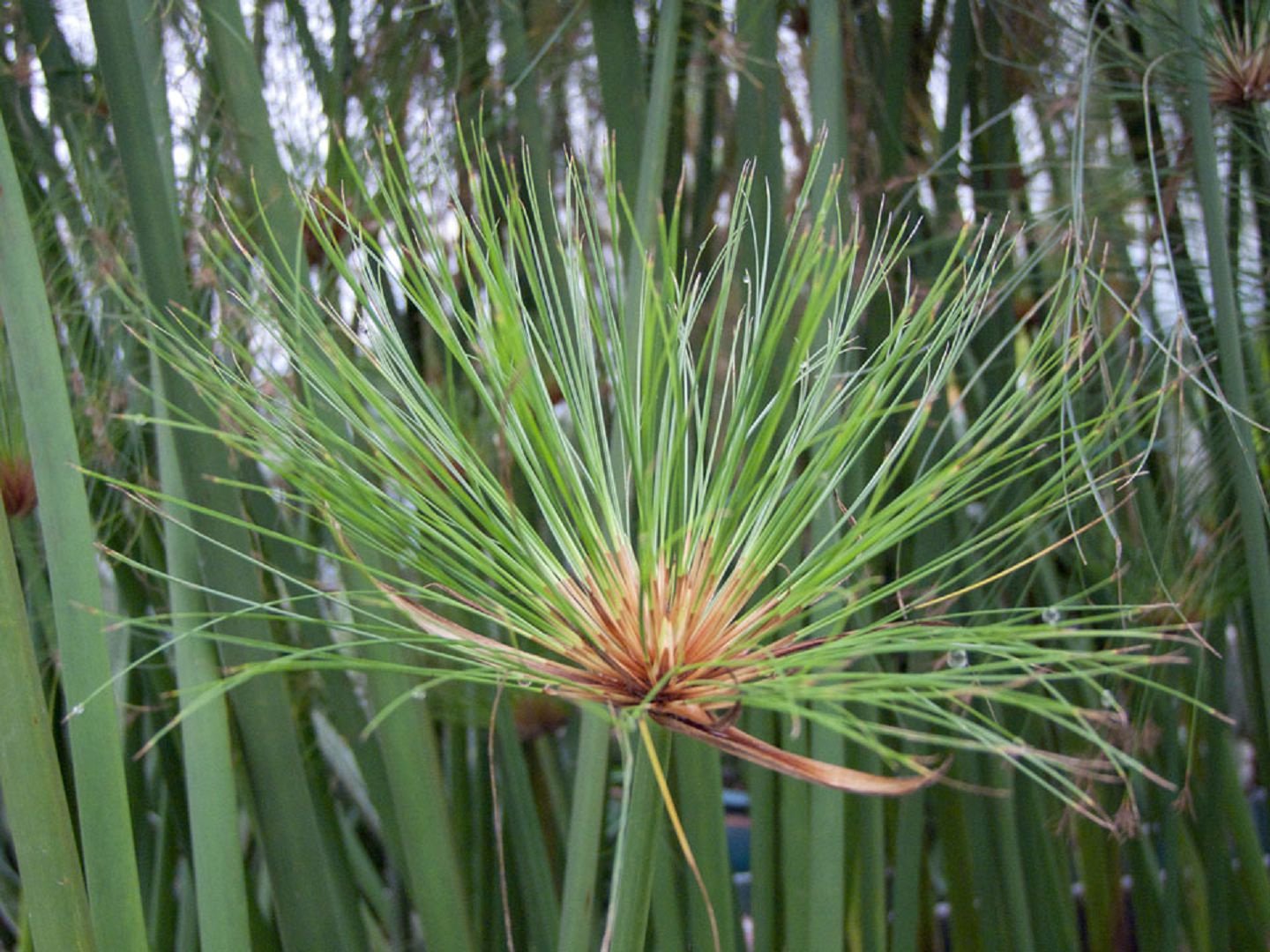
 10 beautiful annuals that bloom all summer
10 beautiful annuals that bloom all summer Sow in the ground, without seedlings: 10 beautiful and unpretentious flowers
Sow in the ground, without seedlings: 10 beautiful and unpretentious flowers Platicodon planting and outdoor care
Platicodon planting and outdoor care Hosta - planting and care in the open ground in the Urals
Hosta - planting and care in the open ground in the Urals